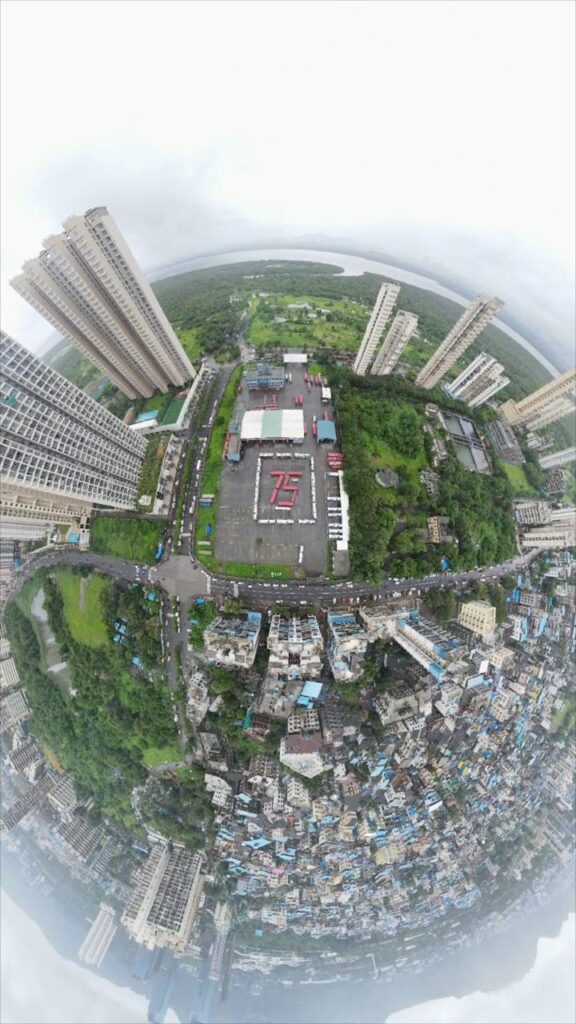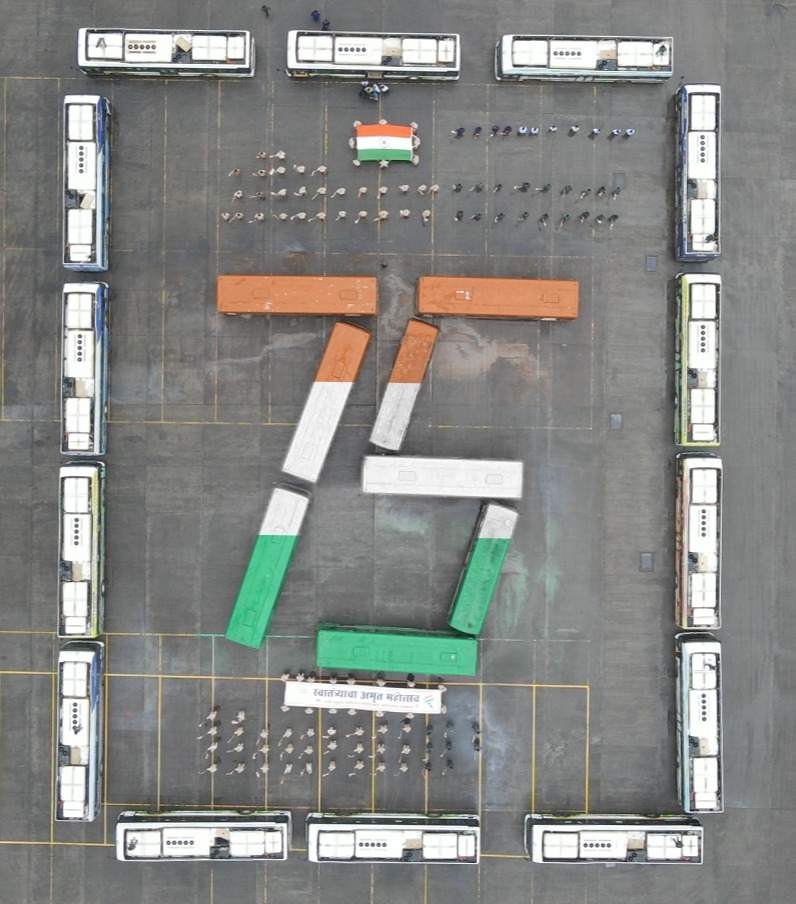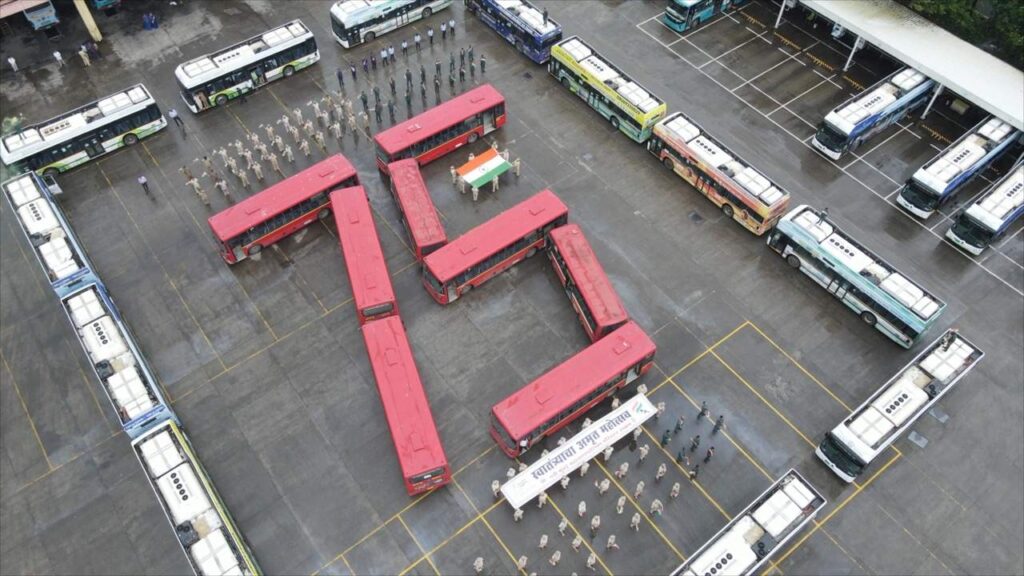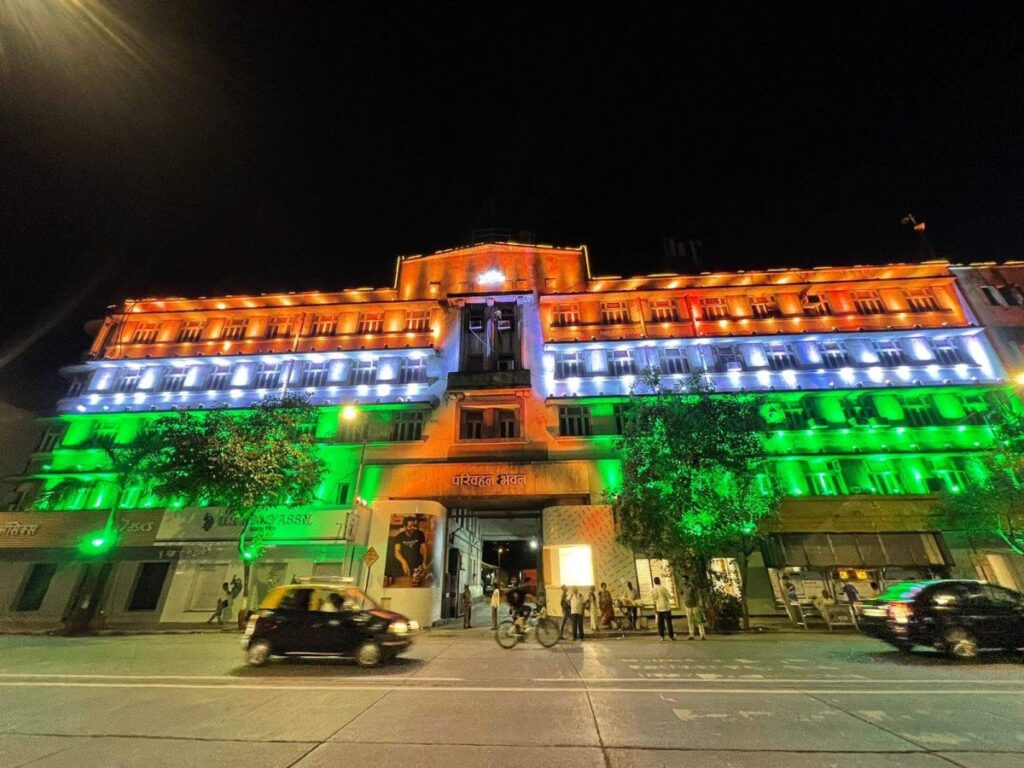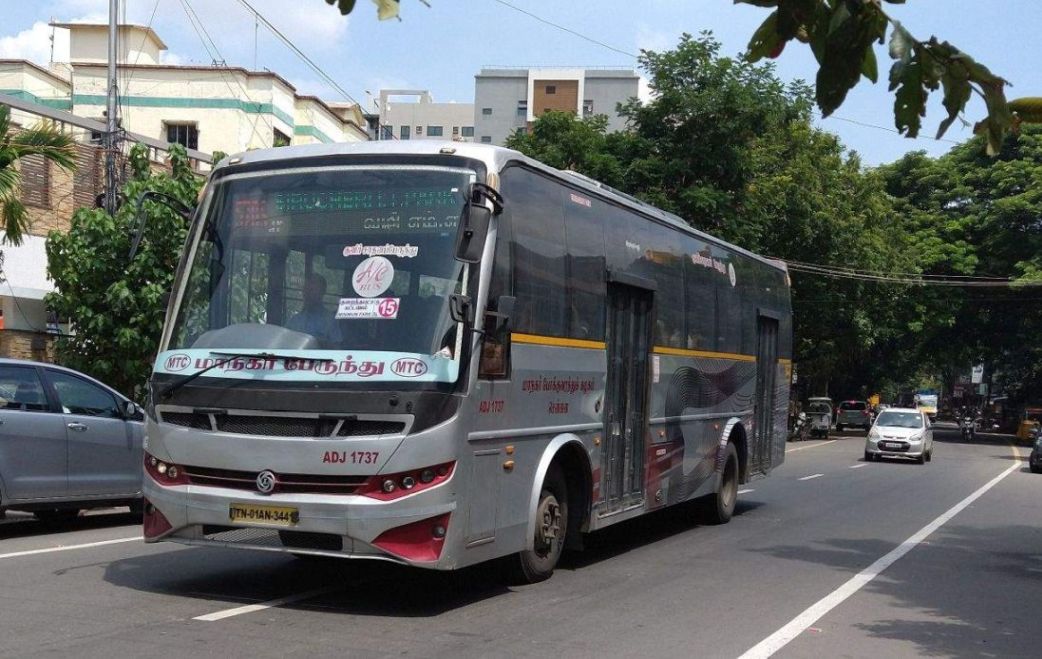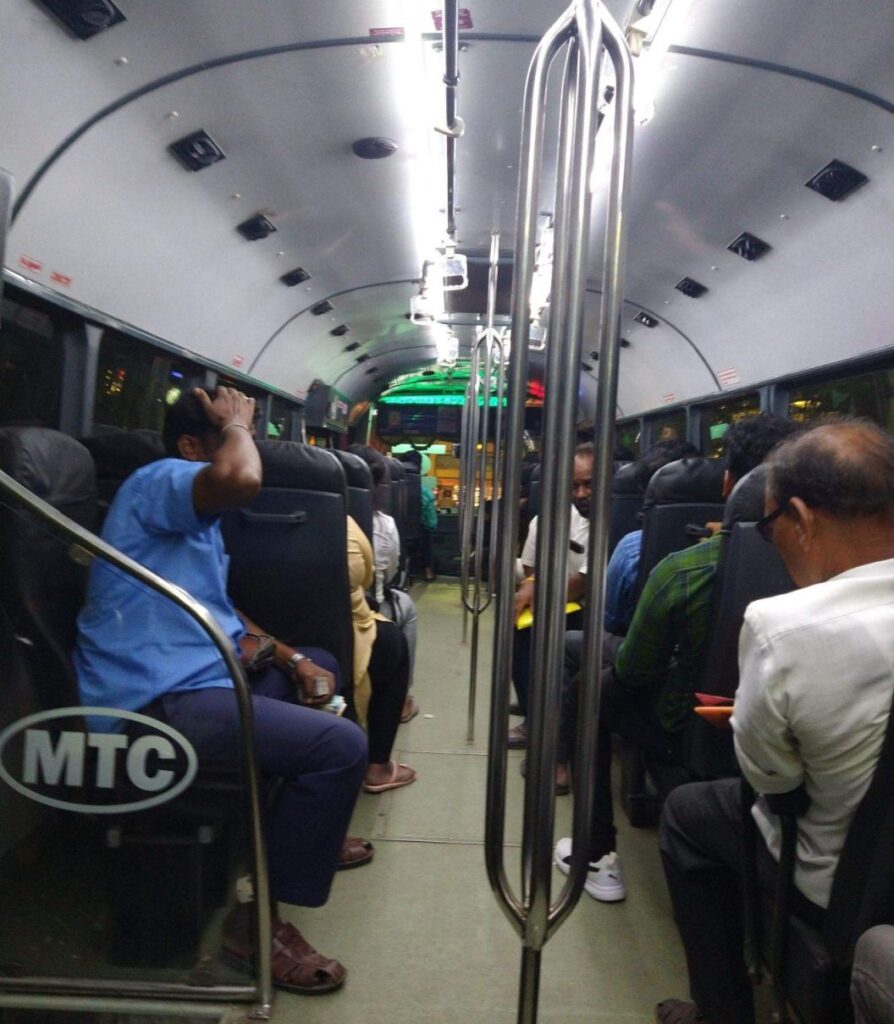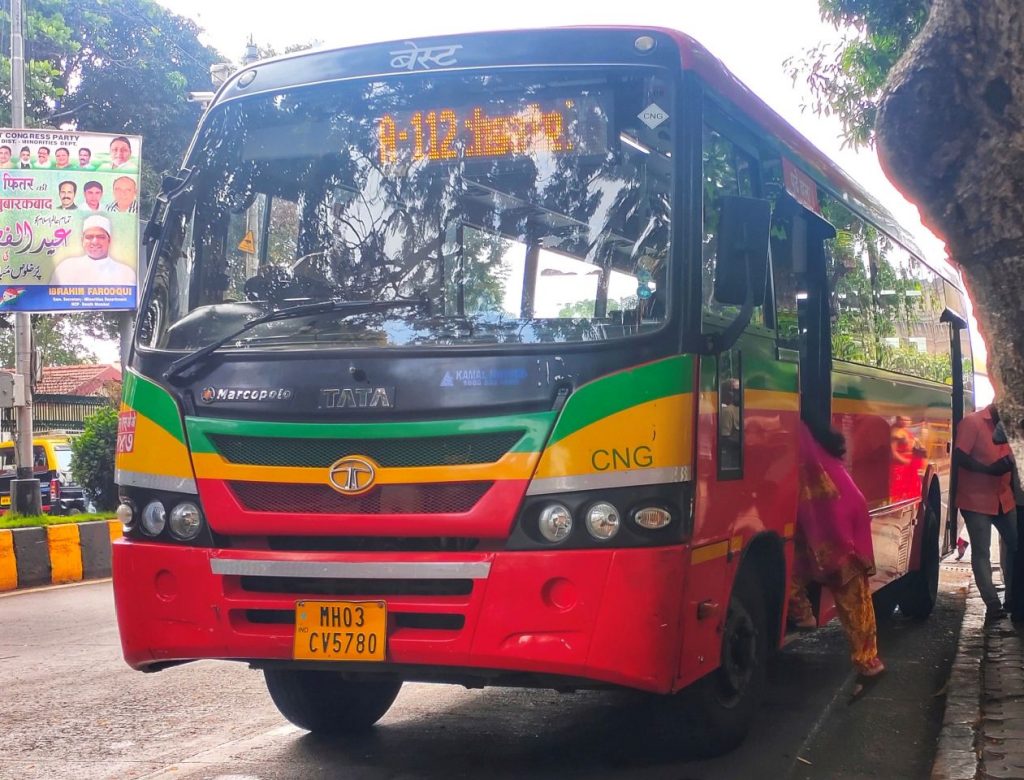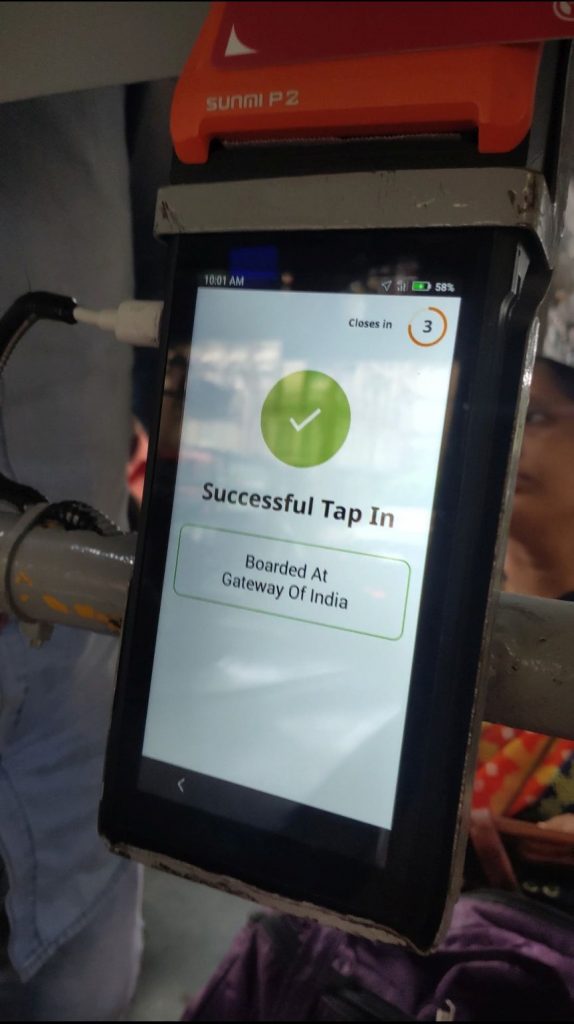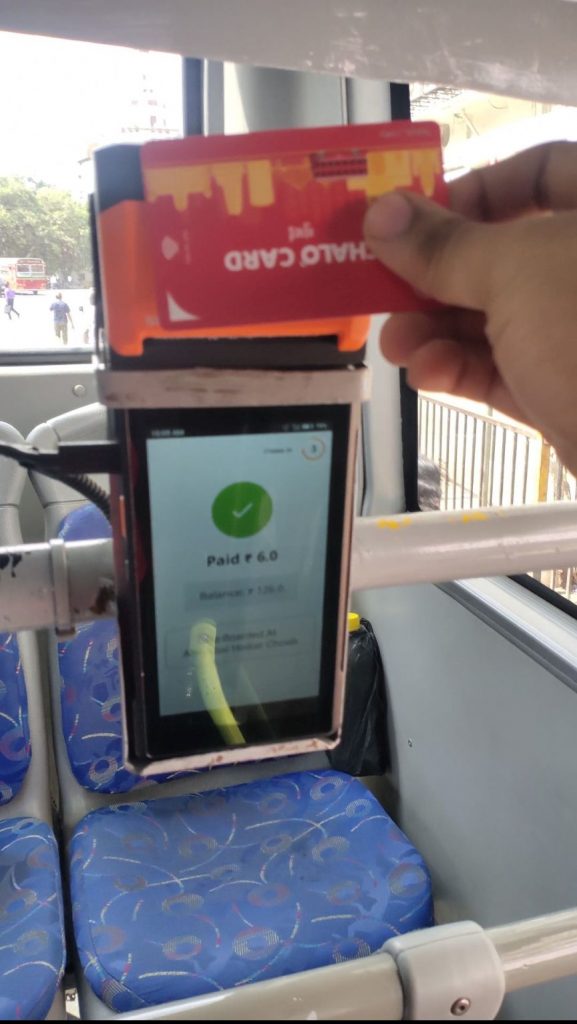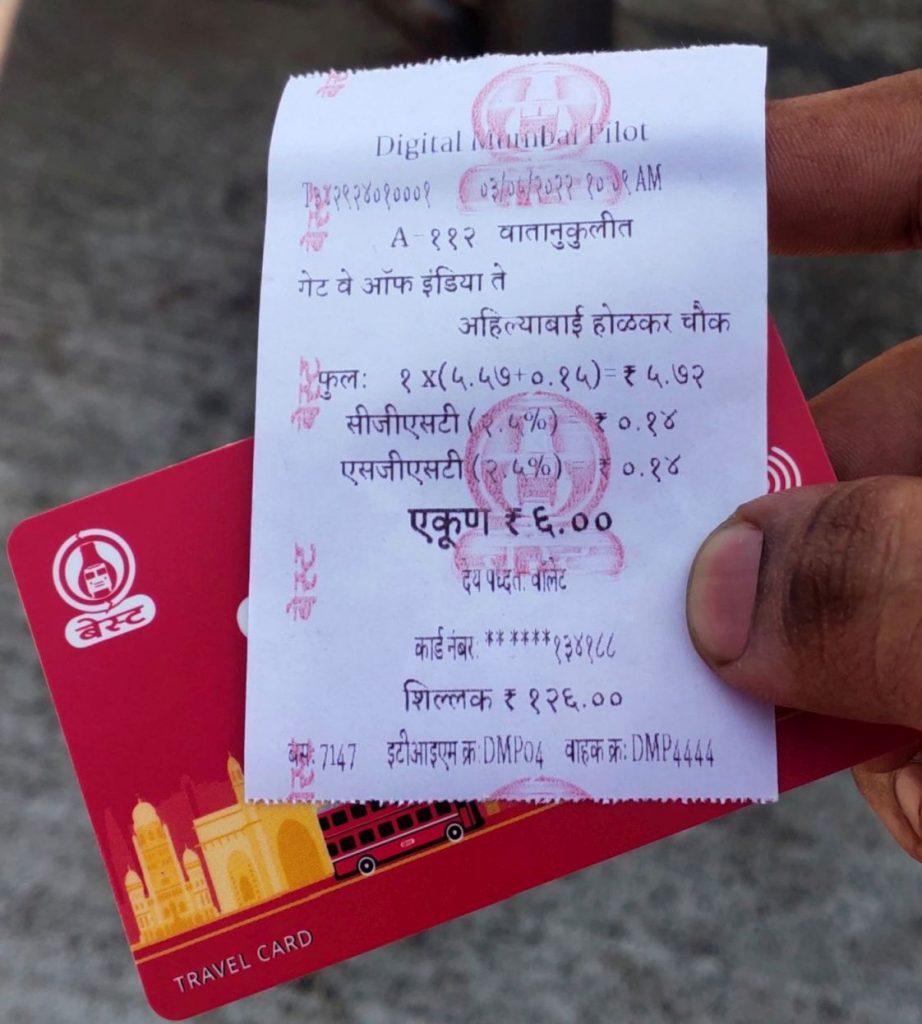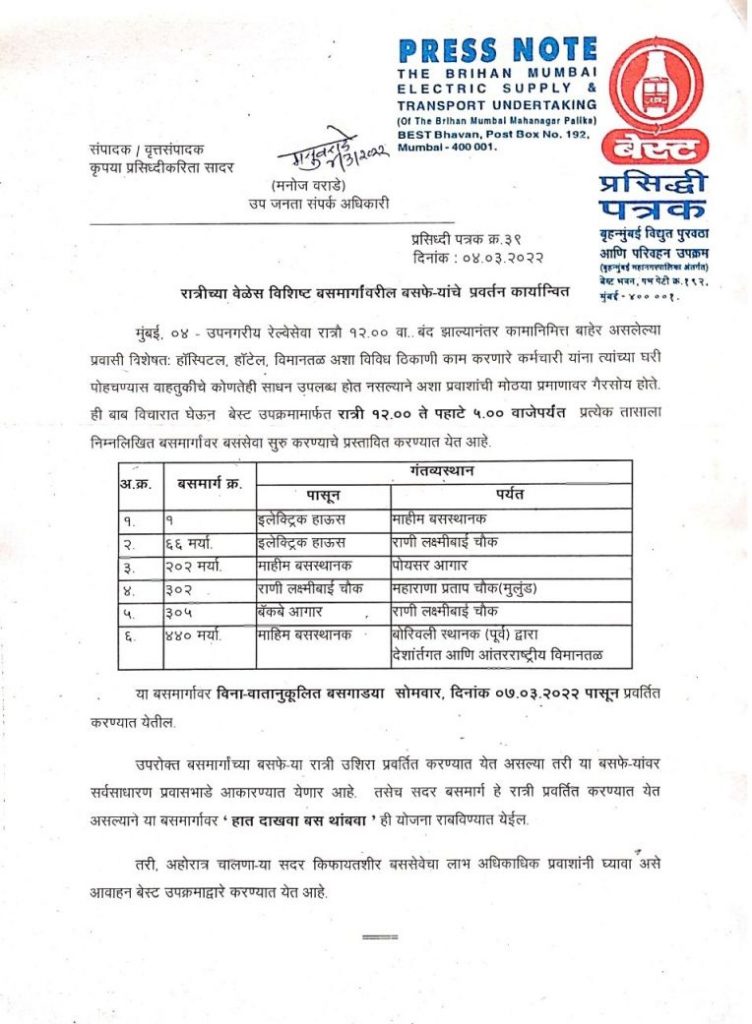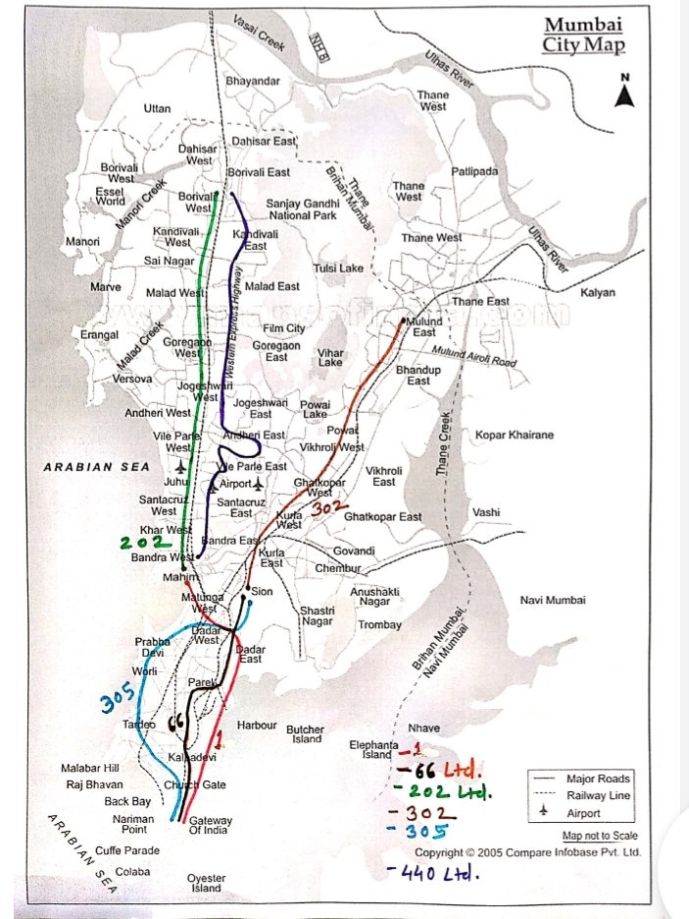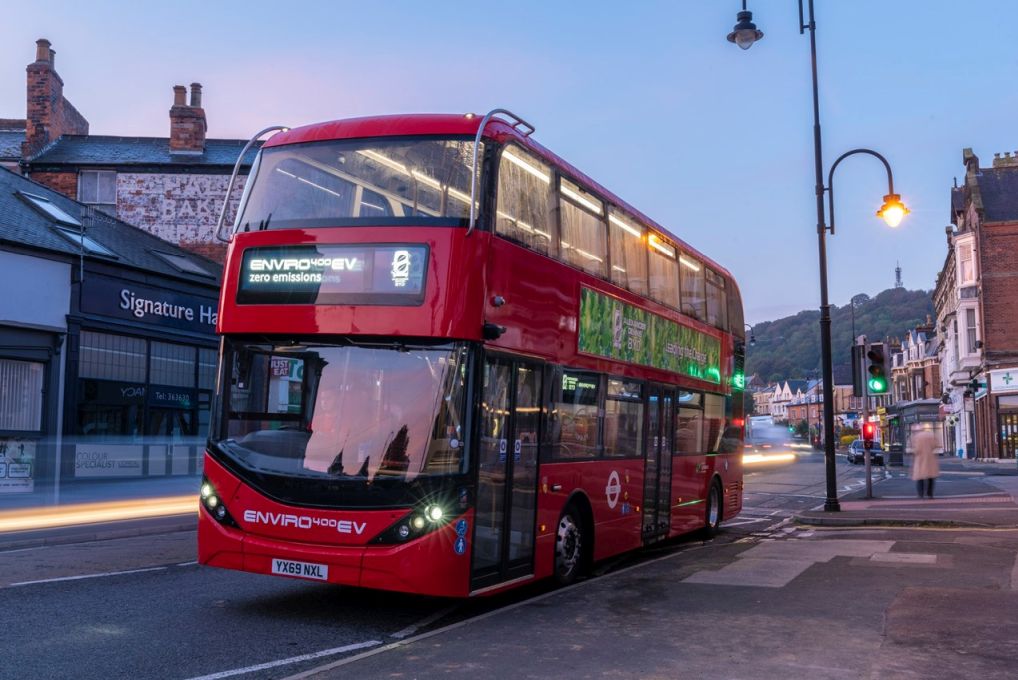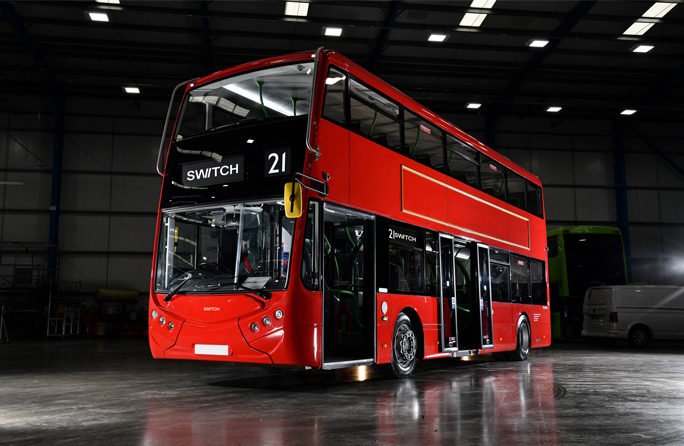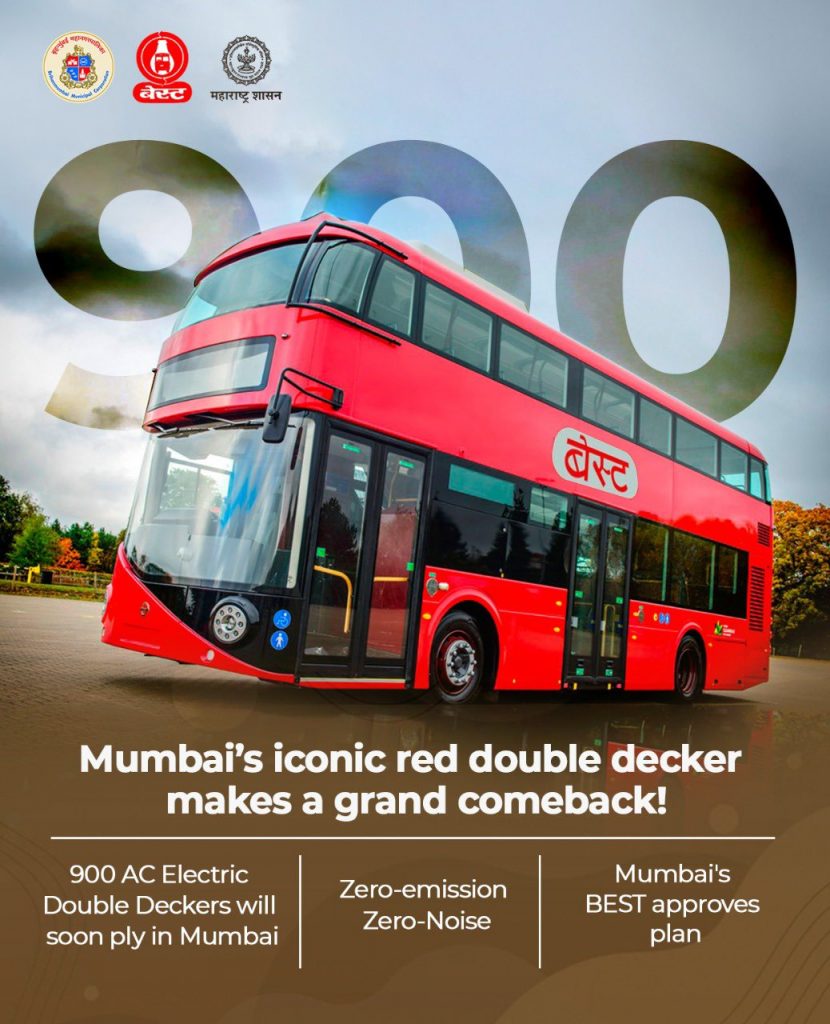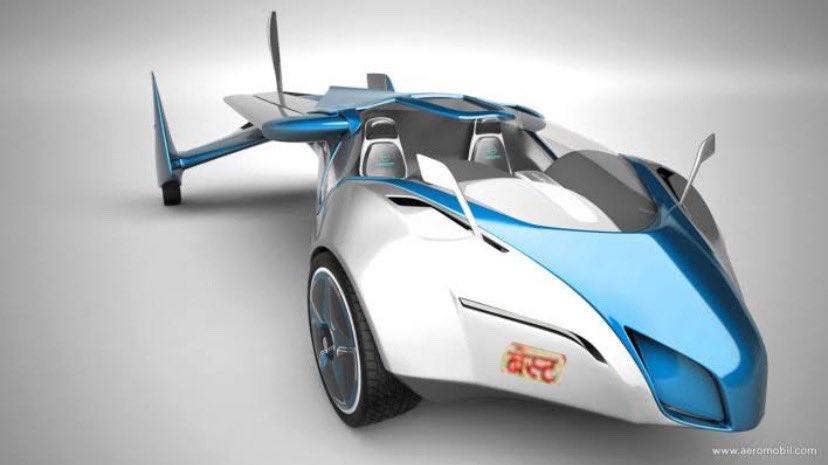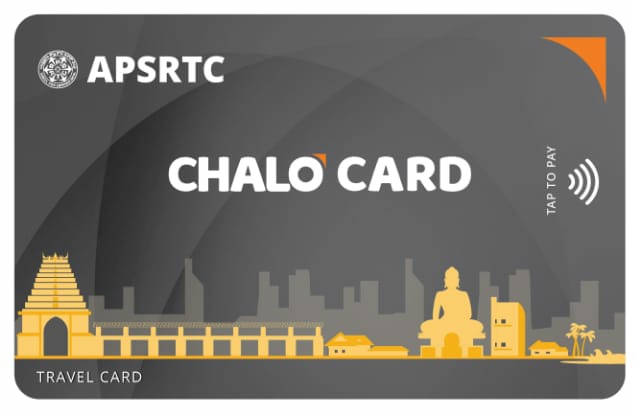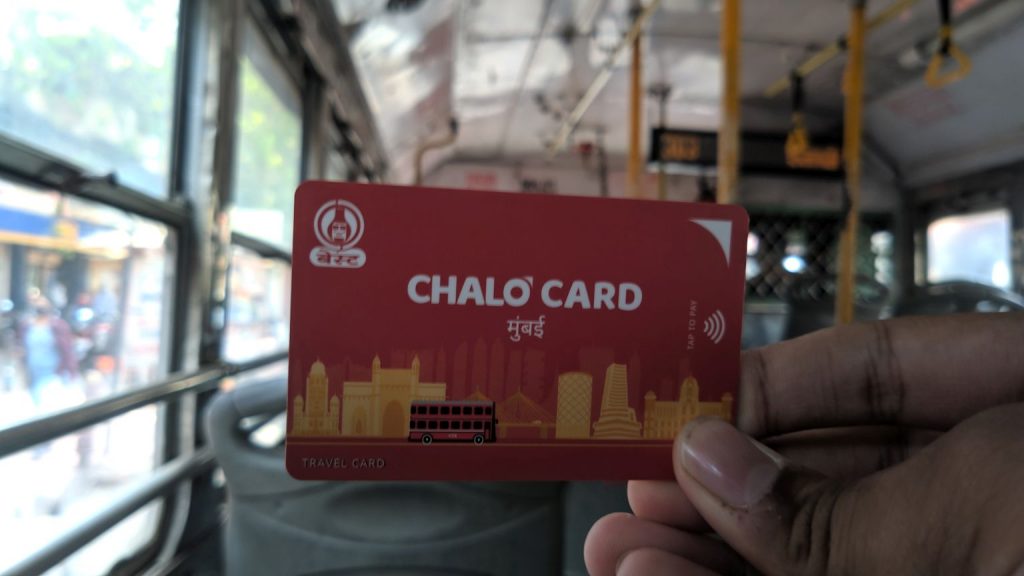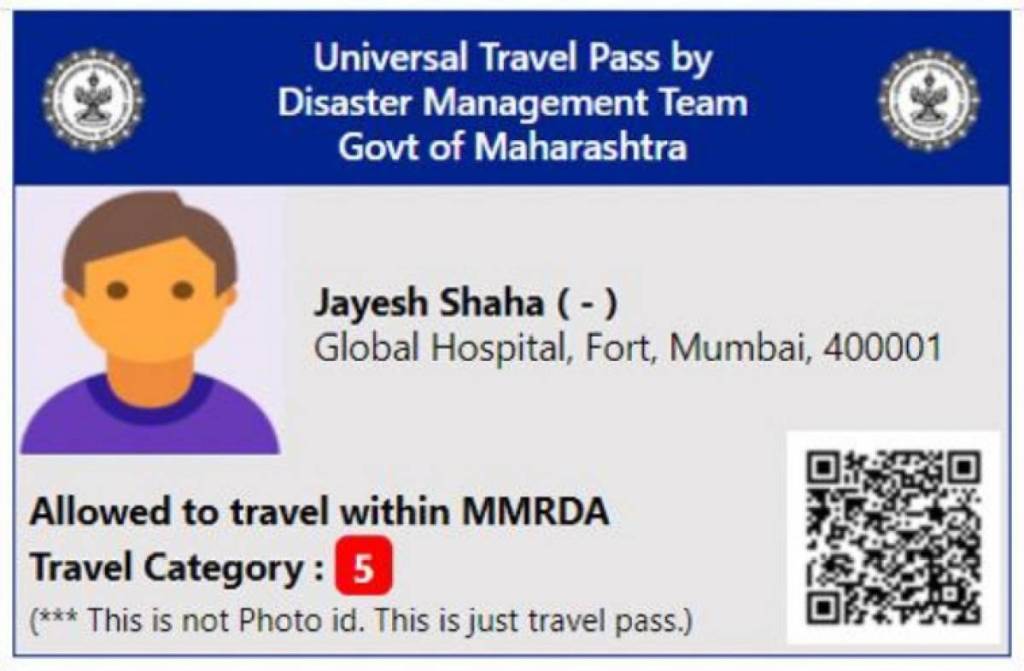As part of its Neighbourhood First policy, the Government of India has handed over 75 buses to crisis-hit Sri Lanka to be used in its public transport system. This is the first installment of 500 buses that India is supplying to its island neighbour.
In December 2022, India supplied 125 Mahindra Scorpio vehicles under a line of credit to the Sri Lanka Police due to a non-availability of vehicles in the island nation which had posed mobility issues for law enforcement. A total of 500 such units have been promised by India.
This is not the first time India has donated buses to its neighbours. Earlier, India had donated around 1,000 buses to war-torn Afghanistan as it was rebuilding itself after the war with the Taliban. The buses were primarily operated in Kabul as Milli Bus and also included buses donated from Iran and Japan. Under the National Institution Building Project of the United Nations Development Fund, India also established a maintenance department and Tata Motors trained officers and engineers in the maintenance of buses and driving skills. The Milli Bus service was established in the 1920s and even operated a Trolleybus system in Kabul in 1979 but most of its infrastructure and depots were damaged due to the outbreak of the Civil War in 1992.
The Sri Lanka Transport Board (SLTB) operates buses all over the island nation. Buses are known for their distinctive red livery with a blue stripe running across the centre. Most of the buses are manufactured by either Ashok Leyland’s subsidiary Lanka Ashok Leyland or Tata Motors in India and exported. In fact, back in 2015, I remember seeing an SLTB-designated bus (albeit sans registration) on the Mumbai-Pune Expressway.
Apart from this, the SLTB also operates a few luxury air-conditioned buses. Some of them are light purple in colour (unlike them Purple Faeries of BEST) and are manufactured by Zhengzhou, Henan-based Yutong.

SLTB also operates (this time in red), buses manufactured by King Long! Imagine if these buses were the ones in purple instead. It would have been so hilarious. Here is a pic of a King Long bus that the SLTB has.

The SLTB also had a tie-up with the country’s largest telecom provider Dialog Axiata to enable Dialog’s contactless payments system Dialog Touch Travel on select SLTB buses in Colombo.
If you want to know of another story where India helped not only its neighbours but over half the world in times of need, do read the book Braving The Viral Storm: India’s Covid-19 Vaccine Story by Aashish Chandorkar and Suraj Sudhir. You can buy the book on Amazon below:
Featured Image: Lanka Ashok Leyland SLTB bus near Piradeniya on the Galle-Colombo route by Shankar S.
![]()






